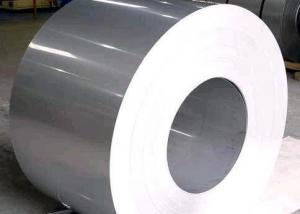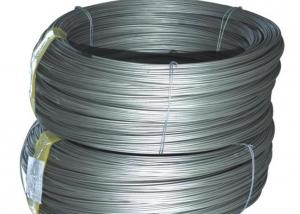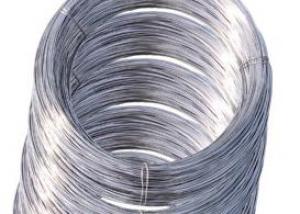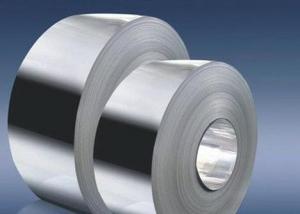SUS304 Stainless Steel Strips
- Loading Port:
- China Main Port
- Payment Terms:
- TT or LC
- Min Order Qty:
- 1 Ton m.t.
- Supply Capability:
- 2000 Tons Per Month m.t./month
OKorder Service Pledge
OKorder Financial Service
You Might Also Like
SUS304 Stainless Steel Strips
1. Chemical composition
|
C |
Si |
Mn |
P |
S |
Ni |
Cr |
|
max0.08 |
max1.00 |
max2.00 |
max0.045 |
max0.03 |
8.00-10.50 |
18.00-20.00 |
2. Mechanical properties
|
Yield Strength |
Tensile |
Elongation |
Hardness (HV) |
Hardness (HRB) |
|
≥ 205 |
≥ 520 |
≥ 40 |
≤ 200 |
≤ 90 |
3. Standard: AISI, ASTM, GB, EN, DIN, JIS
4. Surface: 2B, NO.1, BA, NO.4, Hairline, SB, Mirror finish, Anti-skid, Cherkered etc.
5. Size: Thickness: 0.3-3mm (cold rolled), 3-40mm (hot rolled)
Width: 1000mm or 1219mm or 1240mm for cold rolled, 1500mm for hot rolled.
Length: As customers' request.
6. MOQ: 1 Ton
7. Payment terms: T/T or L/C
8. Packing: Seaworthy package with wooden or Iron pallets with the paper and the steel strip, or as customers' request.
9. Delivery time: Usually about 7 days after we confirming the order, or according to your quantity.
If you have any demand, pls feel free to contact me.


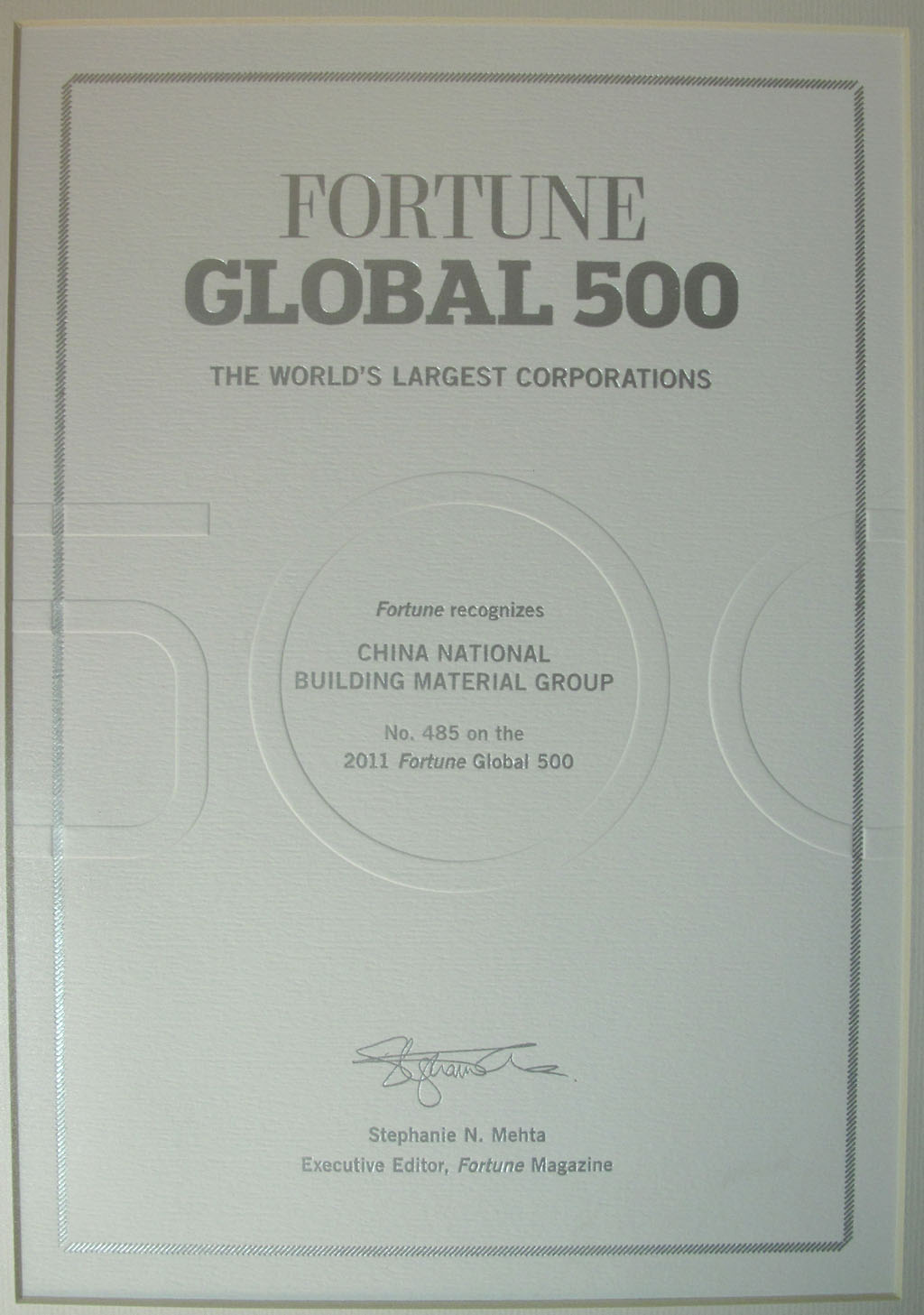
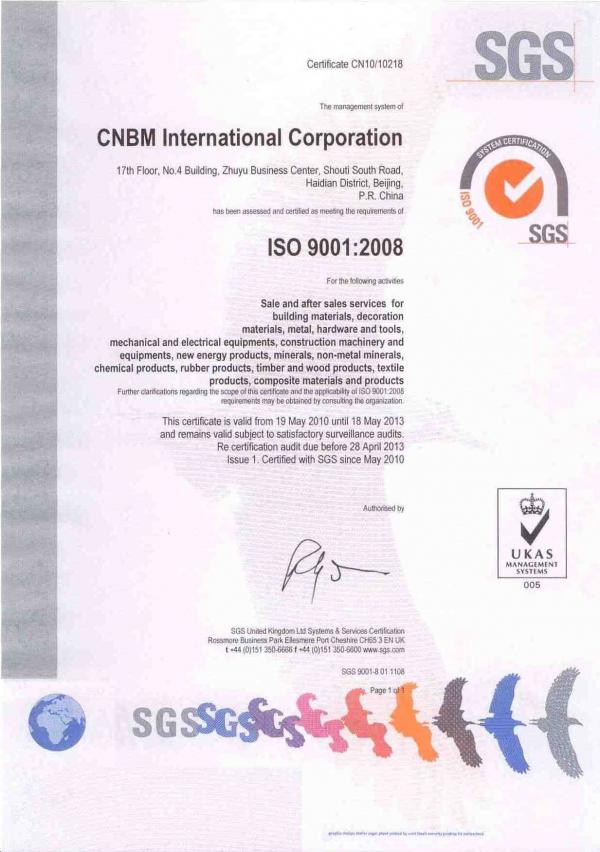
- Q:What are the common uses of stainless steel wire in the construction industry?
- Stainless steel wire is commonly used in the construction industry for various purposes such as reinforcing concrete structures, creating fences and barriers, supporting suspended ceilings, and providing stability to masonry walls. It is also utilized in the fabrication of architectural elements, such as handrails, balustrades, and mesh panels, due to its aesthetic appeal and corrosion resistance properties.
- Q:Is stainless steel wire suitable for wire rope end fittings?
- Yes, stainless steel wire is suitable for wire rope end fittings. Stainless steel is known for its high strength, corrosion resistance, and durability, making it an ideal material for applications that require reliable and long-lasting wire rope end fittings. Stainless steel wire rope end fittings can withstand harsh environments, extreme temperatures, and heavy loads, making them widely used in various industries such as marine, construction, and aerospace. Additionally, stainless steel wire rope end fittings offer excellent resistance to rust, chemicals, and UV rays, ensuring that they maintain their integrity and performance over time.
- Q:What are the different wire diameter measurement methods for stainless steel wire?
- Stainless steel wire can be measured using various methods to determine its diameter. These methods include: 1. Utilizing a micrometer: This tool, consisting of a calibrated screw and a scale, is commonly employed for precise wire diameter measurements. 2. Employing optical measurement: In this method, a microscope or digital camera captures an image of the wire, which is then analyzed using software to determine its diameter. 3. Adopting laser measurement: Laser measurement devices utilize laser beams to accurately measure the wire's diameter without any contact, making them ideal for measuring thin wires. 4. Employing wire gauges: Wire gauges are cylindrical tools with marked diameters. By passing the wire through the appropriate hole, the diameter can be determined based on the size of the hole it fits through. 5. Implementing wire drawing measurement: This method involves passing the wire through a series of progressively smaller dies to reduce its diameter. The size of the die used can then be used to ascertain the wire's diameter. Each method possesses its own set of advantages and limitations. Factors such as wire thickness, required accuracy, and equipment availability should be considered when selecting the most suitable method to ensure precise and dependable measurements of stainless steel wire diameter.
- Q:Can stainless steel wire be used for wire mesh filters?
- Yes, stainless steel wire can be used for wire mesh filters. Stainless steel is a popular material choice for wire mesh filters due to its corrosion resistance, durability, and high strength. It is capable of withstanding harsh environments and extreme temperatures, making it suitable for various industrial applications. Stainless steel wire mesh filters are commonly used in industries such as aerospace, automotive, chemical processing, food and beverage, and pharmaceuticals, where precise filtration and high-performance filtration are required. The stainless steel wire mesh provides excellent mechanical stability, uniform porosity, and efficient filtration capabilities, making it an ideal choice for wire mesh filters.
- Q:What are the different types of coatings available for stainless steel wire?
- Stainless steel wire can be coated with various options, each offering unique advantages and uses. 1. One popular choice is PVC coating, which provides exceptional corrosion resistance, insulation, and abrasion resistance. It is commonly utilized in environments where harsh conditions or electrical insulation are necessary. 2. Nylon coating is another commonly used option. It offers good flexibility, impact resistance, and abrasion resistance. This type of coating is often employed in applications requiring high strength and durability, such as lifting and hoisting operations. 3. Epoxy coating is known for its outstanding chemical resistance and durability. It is typically used in environments with corrosive substances or chemicals. Industries such as chemical, oil and gas, and marine commonly use stainless steel wire with epoxy coating. 4. Polyester coating is ideal for outdoor applications. It provides resistance to UV rays, weathering, and chemical exposure. This type of coating is often utilized in industries like fencing, agriculture, and construction, where the wire must endure harsh weather conditions or prolonged sunlight exposure. 5. PTFE coating, also known as Teflon coating, is highly desired for its non-stick properties, low friction, and high temperature resistance. It is frequently used in industries such as food processing, pharmaceuticals, and electrical, where heat, chemicals, or stickiness resistance is crucial. These examples represent only a fraction of the coatings available for stainless steel wire. The choice of coating depends on specific application requirements, including factors like corrosion resistance, insulation, flexibility, chemical resistance, and temperature resistance.
- Q:Can stainless steel wire be used for wire rope hooks?
- Yes, stainless steel wire can be used for wire rope hooks. Stainless steel is a strong and corrosion-resistant material, making it suitable for various applications, including wire rope hooks.
- Q:What are the different types of stainless steel wire rope slings?
- There are several different types of stainless steel wire rope slings, including single-part slings, multi-part slings, grommet slings, and endless slings. Single-part slings are made from a single length of wire rope with a loop eye at each end. Multi-part slings consist of several wire ropes parallel to each other and connected at the ends with fittings. Grommet slings are formed by looping the wire rope back onto itself, creating a grommet shape. Endless slings have no ends and are designed to be used in a continuous loop configuration.
- Q:What are the different types of stainless steel wire springs used in the aerospace industry?
- In the aerospace industry, there are several different types of stainless steel wire springs that are commonly used. These springs are designed to meet the stringent requirements of the industry, including high strength, corrosion resistance, and reliability. One type of stainless steel wire spring used in the aerospace industry is the 17-7PH spring. This spring is made from a precipitation-hardening stainless steel alloy, which provides excellent strength and corrosion resistance. It is commonly used in applications that require high fatigue resistance and can withstand extreme temperatures. Another commonly used stainless steel wire spring is the 302 spring. This spring is made from a non-magnetic austenitic stainless steel alloy and is known for its excellent corrosion resistance. It is often used in aerospace applications where resistance to chemicals and moisture is critical. In addition, the 316 stainless steel wire spring is widely used in the aerospace industry. This spring is made from a corrosion-resistant austenitic stainless steel alloy and is known for its excellent resistance to pitting and crevice corrosion. It is commonly used in applications that require high strength and resistance to harsh environments. Furthermore, the Inconel 718 spring is another type of stainless steel wire spring used in the aerospace industry. This spring is made from a nickel-based superalloy that offers exceptional high-temperature strength and corrosion resistance. It is often used in aerospace applications that require excellent performance at elevated temperatures. Overall, the different types of stainless steel wire springs used in the aerospace industry are chosen based on the specific requirements of the application, such as strength, corrosion resistance, and temperature resistance. These springs play a crucial role in ensuring the safety, reliability, and performance of aerospace components and systems.
- Q:What are the different wire surface passivation options available for stainless steel wire?
- There are several wire surface passivation options available for stainless steel wire, each with its own advantages and applications. Some of the common passivation methods include: 1. Chemical Passivation: This involves the use of acid-based solutions to remove impurities and create a passive oxide layer on the wire surface. It helps in preventing corrosion and improving the wire's resistance to environmental factors. 2. Electrochemical Passivation: This method uses an electrochemical process to remove iron from the stainless steel surface, thereby promoting the formation of a chromium-rich oxide layer. It provides enhanced corrosion resistance and improves the wire's appearance. 3. Mechanical Passivation: Also known as abrasive passivation, this technique involves the use of abrasive materials or mechanical means to remove contaminants from the wire's surface. It helps in improving the wire's cleanliness and prepares it for subsequent passivation processes. 4. Nitric Acid Passivation: Nitric acid passivation is a widely used method that involves the application of nitric acid solution to the stainless steel wire surface. It helps in removing free iron and other impurities, promoting the formation of a passive oxide layer. 5. Citric Acid Passivation: This passivation method utilizes citric acid-based solutions to remove contaminants from the stainless steel wire surface. It is considered more environmentally friendly compared to nitric acid passivation and provides similar corrosion resistance properties. 6. Pickling: Pickling is a passivation method that involves immersing the stainless steel wire in an acid solution, typically a mixture of nitric and hydrofluoric acid. It removes scale, oxide layers, and other impurities, resulting in a clean and corrosion-resistant wire surface. The choice of passivation method depends on various factors such as the desired level of corrosion resistance, environmental considerations, and application requirements. It is essential to consult with experts or industry professionals to determine the most suitable passivation option for a specific stainless steel wire application.
- Q:Is stainless steel wire resistant to oxidation?
- Yes, stainless steel wire is resistant to oxidation due to the presence of chromium in its composition, which forms a protective layer on the surface that prevents corrosion and oxidation.
1. Manufacturer Overview |
|
|---|---|
| Location | Zhejiang, China |
| Year Established | 2005 |
| Annual Output Value | Above US$1.6 million |
| Main Markets | Europe, North America. |
| Company Certifications | |
2. Manufacturer Certificates |
|
|---|---|
| a) Certification Name | |
| Range | |
| Reference | |
| Validity Period | |
3. Manufacturer Capability |
|
|---|---|
| a)Trade Capacity | |
| Nearest Port | Shanghai |
| Export Percentage | 40% |
| No.of Employees in Trade Department | Above 30 people |
| Language Spoken: | English, Chinese |
| b)Factory Information | |
| Factory Size: | Above 5000 square meter |
| No. of Production Lines | Above 6 |
| Contract Manufacturing | OEM Service Offered |
| Product Price Range | Average |
Send your message to us
SUS304 Stainless Steel Strips
- Loading Port:
- China Main Port
- Payment Terms:
- TT or LC
- Min Order Qty:
- 1 Ton m.t.
- Supply Capability:
- 2000 Tons Per Month m.t./month
OKorder Service Pledge
OKorder Financial Service
Similar products
New products
Hot products
Hot Searches
Related keywords


